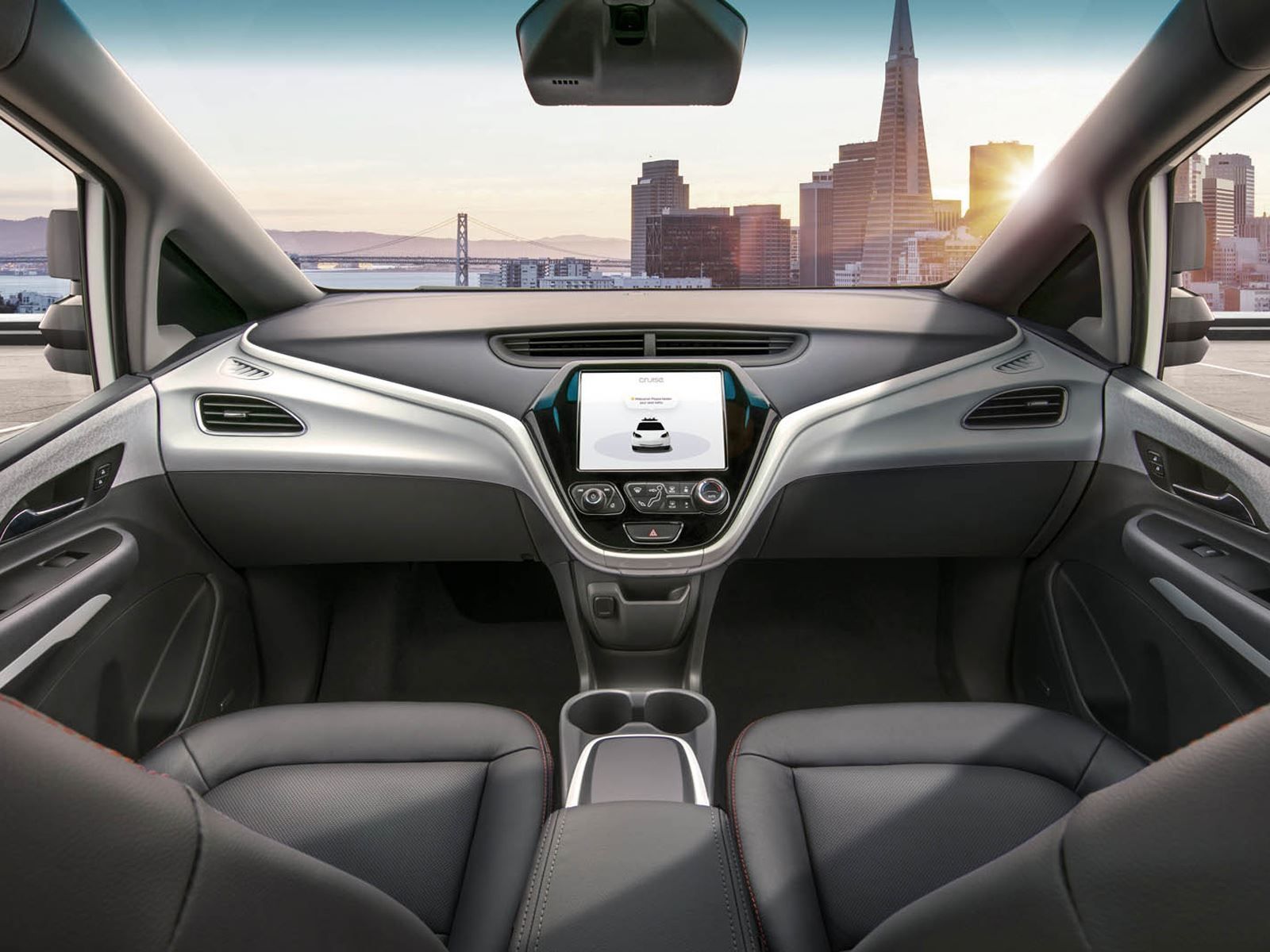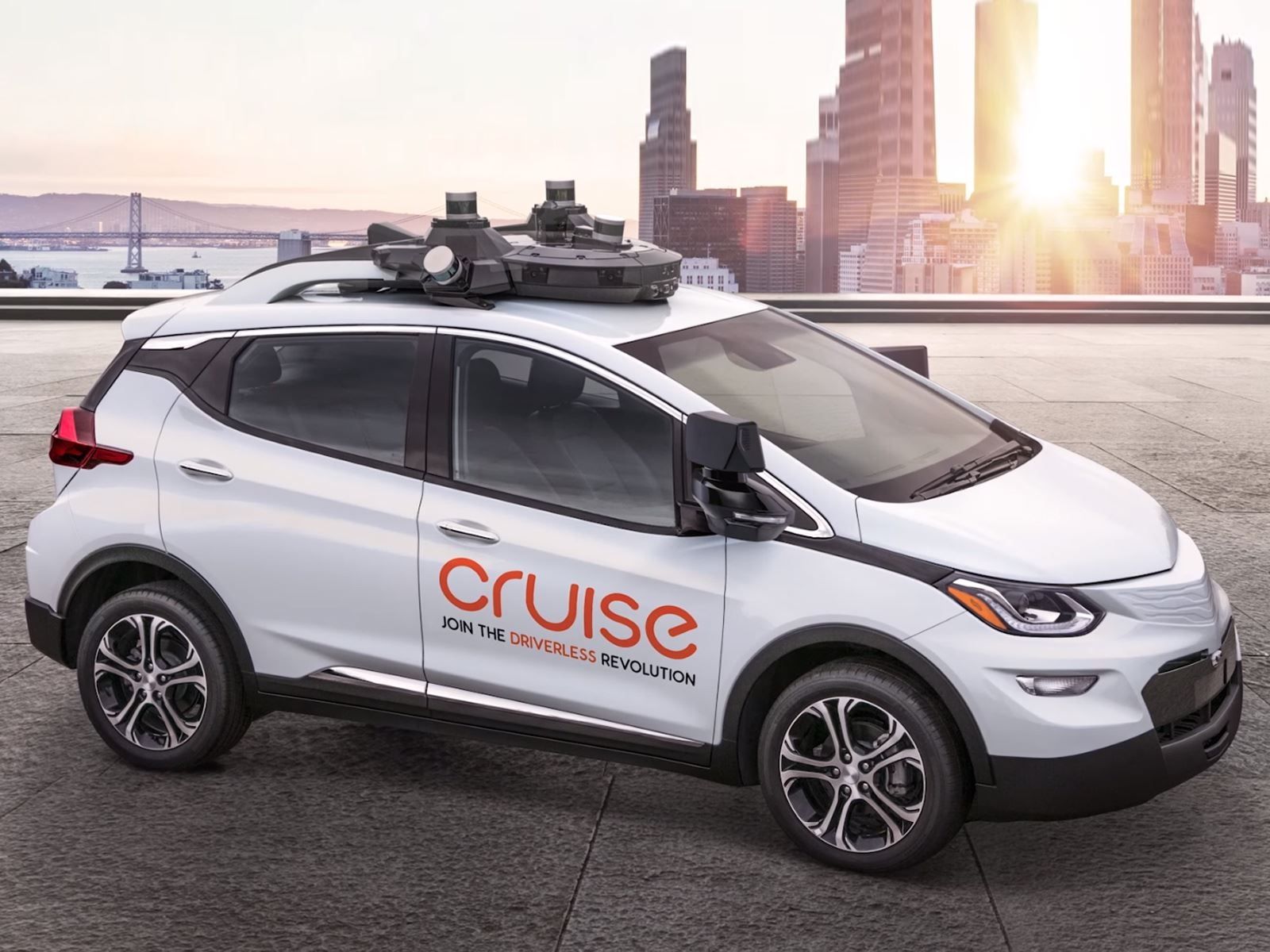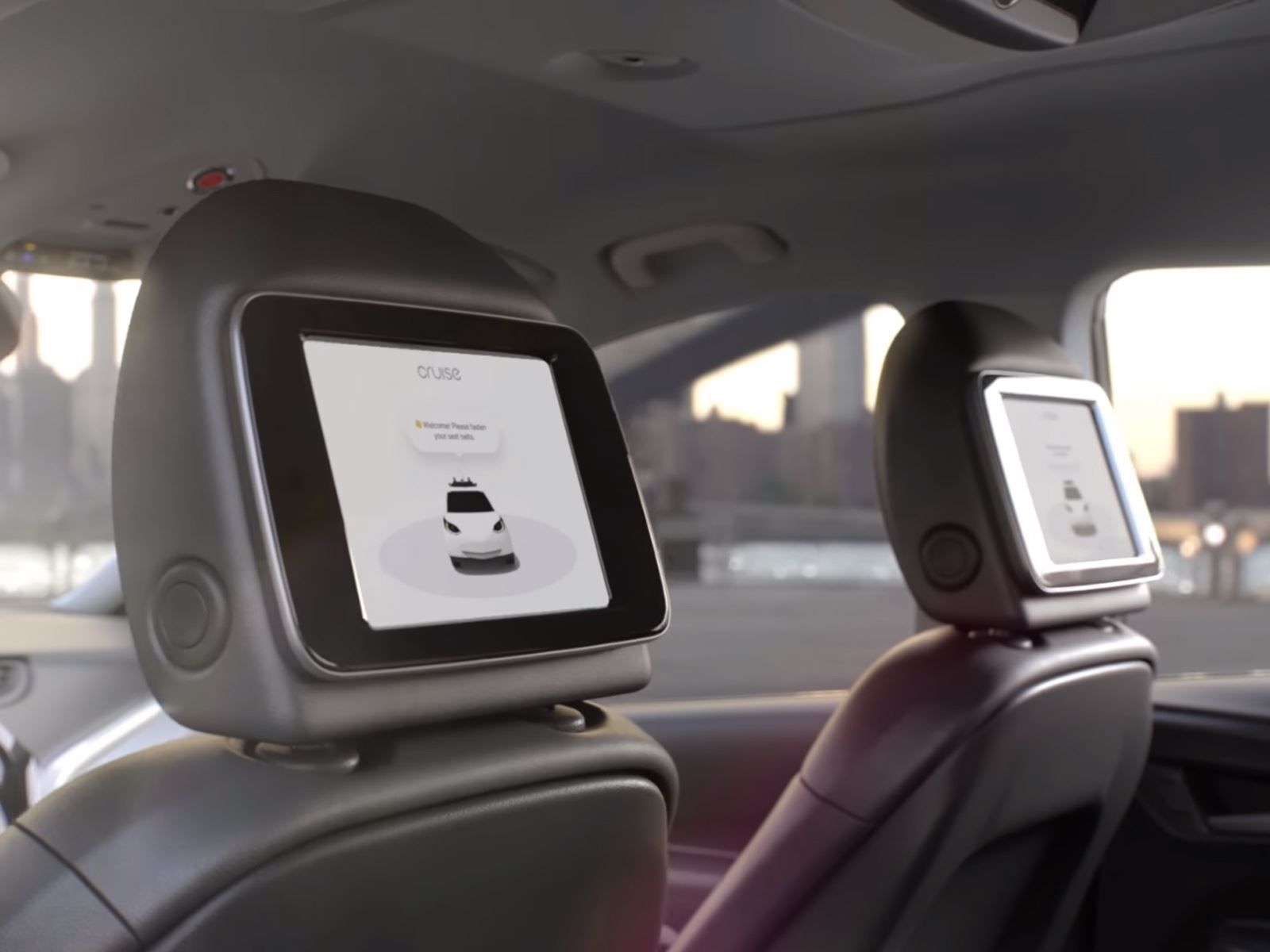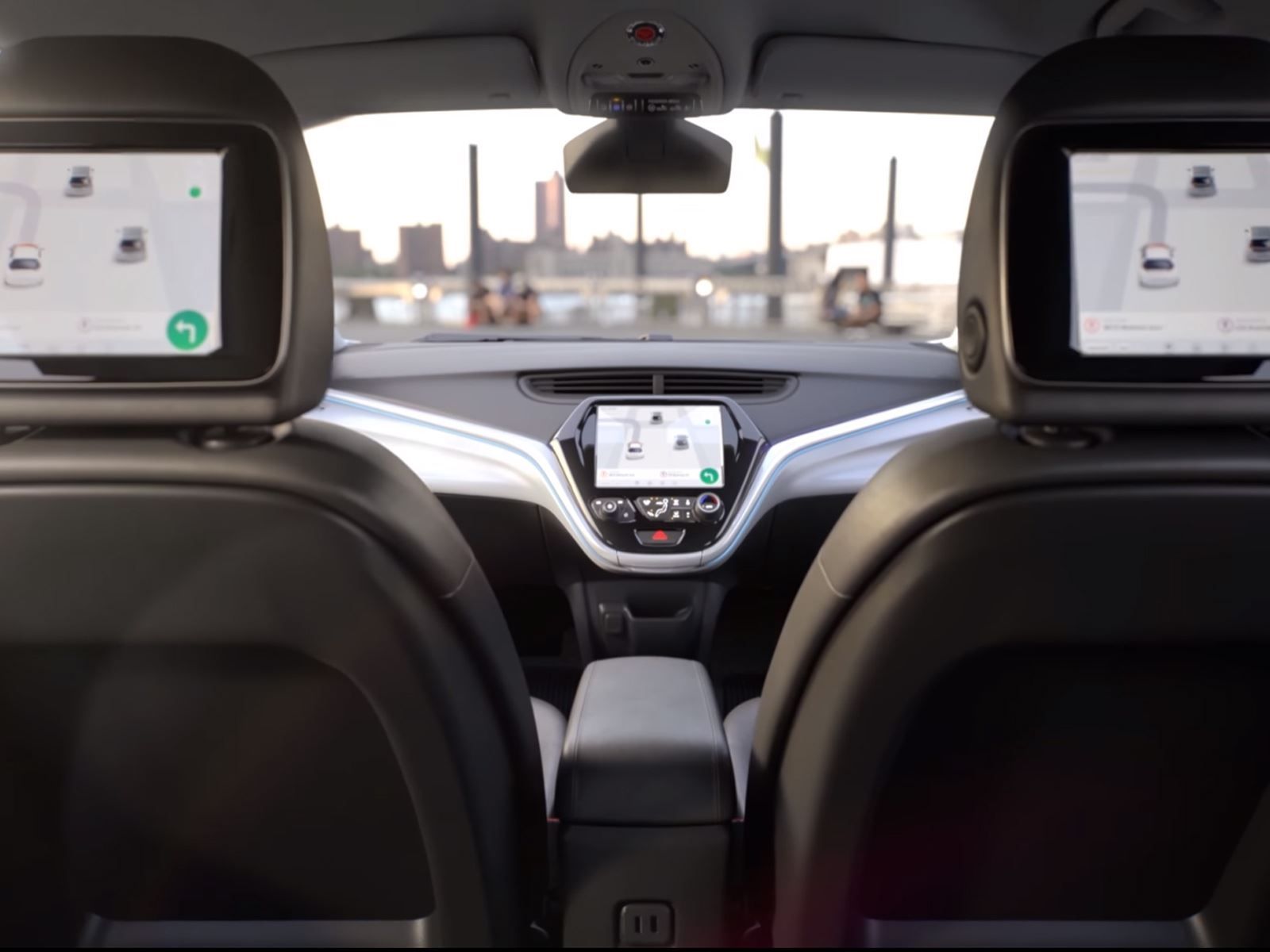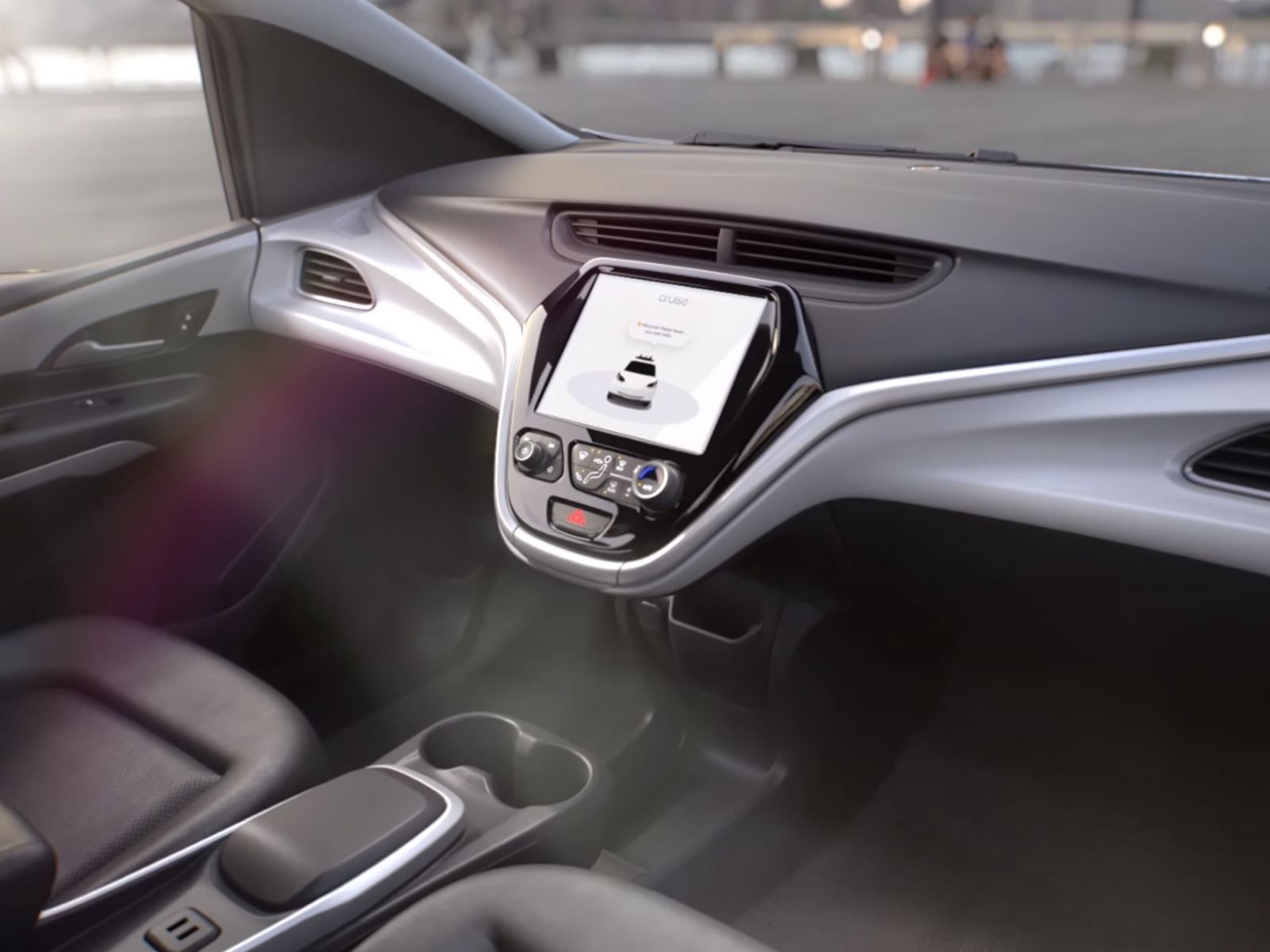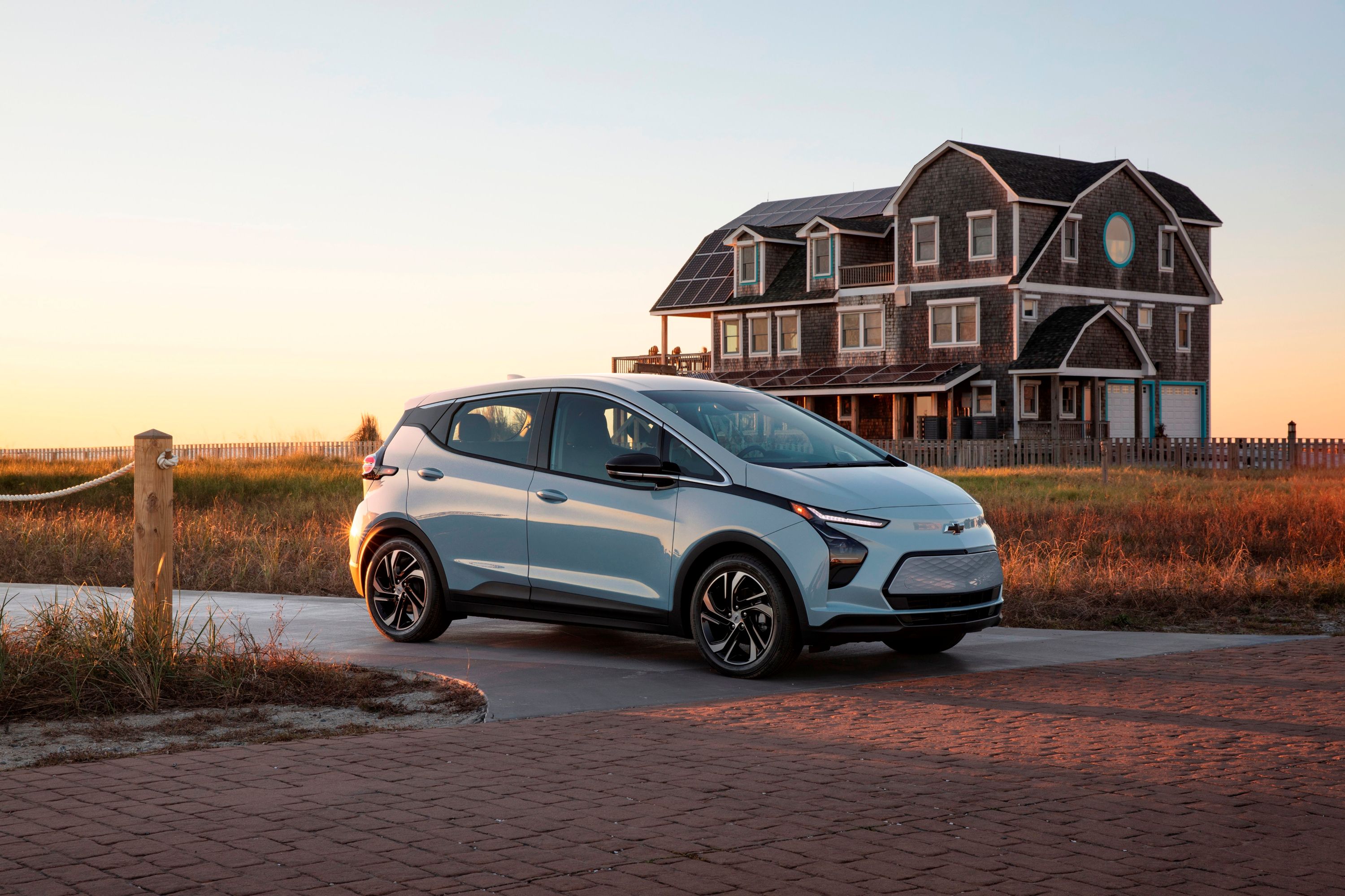
General Motors is asking the American government to change the rules to help develop a car without any steering wheel, brake pedal or accelerator pedal. Called the Cruise AV, it is based on the Chevrolet Bolt EV and is set to enter the company's first ride-sharing fleet when launched in 2019. GM president Dan Ammann says that it is the first production-ready car to have no manual controls. The driver's seat in the current Bolt will be replaced by a passenger seat.
The Cruise AV has been designed to open doors for those who can't do it on their own, and can also accommodate hearing and visually impaired passengers.
The carmaker has approached the National Highway Traffic Safety Administration with sixteen changes to the existing safety rules to enable production of the autonomous car. General Motors would then need to take an approval from individual states. Seven states have already approved the changes requested to allow testing of the Cruise AV. The car, jointly developed by Cruise Automation, has 21 radars, 16 cameras, and five lidars. It uses the company's fourth-generation self-driving hardware and software and be driven only in remapped urban areas.
The Cruise AV comes with two passenger seats at the front with a centrally located infotainment system and climate control settings. The rear passengers get two infotainment screens attached to the front passenger seats. General Motors joins various companies like Ford and Uber to test and develop autonomous taxis for use in North America, Europe, and Asia. These taxis will be used to transport people, food, and packages. The American giant bought San Francisco based startup Cruise Automation in March 2016 for an estimated $1 billion.

